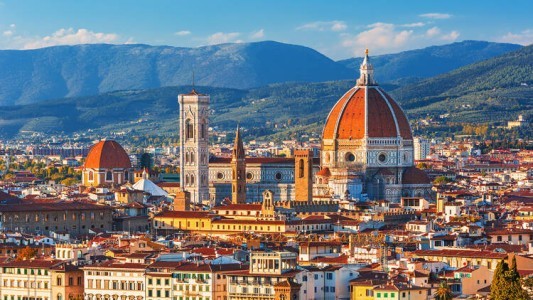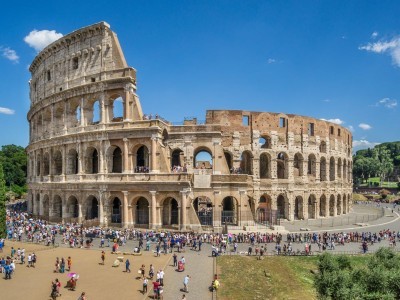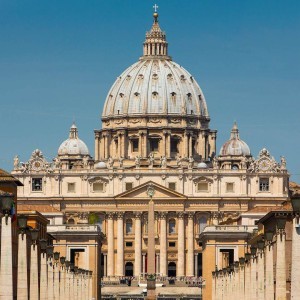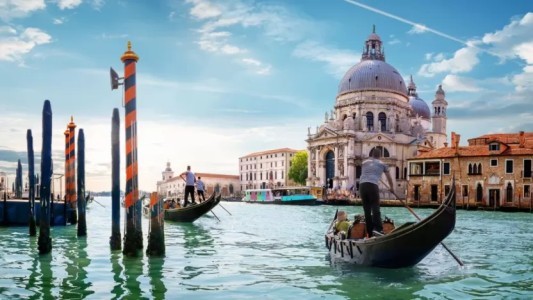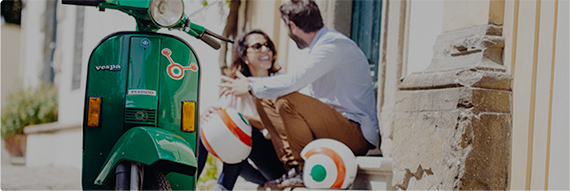Florence for Free
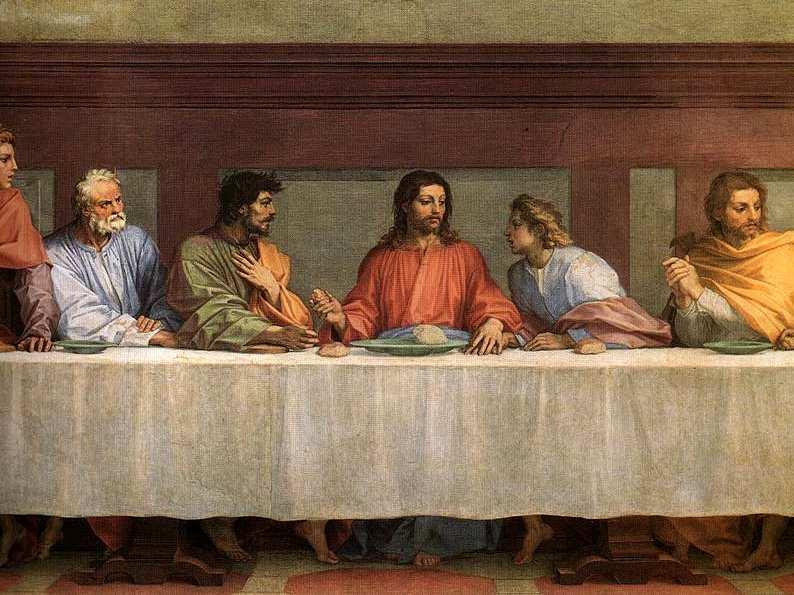
Florence has the incredible job of looking after the world's best and most important collection of Renaissance art, and because of this most of the museums and even a handful of churches will request an entrance fee, often to pay for the works undergoing restoration, such as in the case of the Basilica of Santa Croce. Museum tickets can add up over the course of a visit to Florence, but there are however many wonderful ways to experience the best of Florence absolutely for free.
In a sense, the whole of the city of Florence is one big museum. Simply walking around the city will reward you with a wealth of art and architecture that is unique to Florence.
Some of the best frescoes, paintings and sculptures that Florence has to offer are in churches that are always open to public for free. These and other wonderful cultural places in Florence that offer free entry every day are:
Duomo – Florence's most recognisable landmark, the cathedral of the city is a wonderful architectual mix of the best of the Middle Ages and the best of the Renaissance. Outside, marvel at the genius of Brunelleschi's dome, the first of its kind, surrounded by the pink, white and green marble decorations of the church façade, while inside you'll notice a much more spartan atmosphere.
Church and museum of Orsanmichele – this medieval granary turned church is one of the best representations of how the wealth of Florence's commercial guilds helped fund the Renaissance. Enjoy the fascinating display of sculptures by the early Renaissance's best, Donatello, Lorenzo Ghiberti and Nanni di Banco, from the street. Upstairs, open on Mondays is the newly opened museum where you can view the original sculptures.
Loggia dei Lanzi - Florence's traditional outdoor sculpture space, representing ancient Roman scultptures to 16th century masterpieces, on view and free 24 hours a day. Sit amongst the stone heroes while contemplating Benvenuto Cellini's controversial personal life and sculpture of Perseus with Medusa's freshly chopped-off head, or Giambologna's most elegant, twisting figures carved out of one piece of marble, the Rape of the Sabines.
Piazzale Michelangelo - the place to get a panoramic view of Florence, especially lovely at sunset, it is a nice walk through the characteristic neighbourhood of San Niccolò, or if you're saving your energy it is also an easy bus ride (no. 12 or 13). From here, a further five minutes will get you to the stunning medieval monastery of San Miniato, the only monastery left in Florence, and sweeping views of Florence. A visit around 5:30pm will reward you with the monks singing gregorian chants in the crypt of the church.
Ponte Vecchio - Florence's oldest bridge is also home to some of the most expensive gold shops in town, but that shouldn't stop you from having a look at the characterisic shops which have adorned the bridge since the Middle Ages, and have exclusively housed jewellers since the late 16th century. The view of the town from the bridge is not so bad either.
Church of Santa Felicità – pop in here to view one of the most extraordinary paintings of Florence, a wonderful example of the lyrical and expressive movement of Mannerism, Jacopo Pontormo's Deposition. Small and tucked away near the Ponte Vecchio, this church is unusual in that its façade was compromised when the Medici dukes had Vasari build them a corridor across the front of the church. They could go to and from the Pitti Palace to the Palazzo Vecchio with this corridor, stopping off at chuch to take mass privately on the way.
Church of Santo Spirito – considered Filippo Brunelleschi's masterpiece (after the dome of the Duomo of course), the church was never actually finished, its blank façade a unique reminder of this. The young Michelangelo used to study the corpses in the morgue of the church and in return for the monks' generosity and discreetness, he carved them a wooden crucifix, which is still inside.
Church of Santa Trinità – a little jewel of Florence's Renaissance. This church houses one of the most beautiful fresco cycles of the Renaissance, the Sassetti chapel by Domenico Ghirlandaio, Michelangelo's master. With its portraits of famous Florentines, including Lorenzo the Magnifient and his sons (one of whom becomes Pope Leo X), set in famous Florentine settings such as Piazza Signoria, this is one of the best representations of Florence during the Renaissance. You will need a 1 euro coin to turn the lights on (a way to protect the beautiful colours of the frescoes).
Church of Ognissanti – both the Renaissance painter Botticelli and his muse, Simonetta Vespucci, who many believe to be the model in his Birth of Venus and Primavera paintings, are buried in this church together. Domenico Ghirlandaio and Botticelli both contributed some beautiful work to the church, including one of Ghirlandaio's Last Supper frescoes.
Church of Santissima Annunziata - a jewel of the High Renaissance and Mannerist art, this is where the best of the Mannerists (Jacopo Pontormo, Rosso Fiorentino, Andrea del Sarto) worked and where many of them were buried. The frescoed cloister is unique and the Baroque interior overwhelmingly ornate.
Last Supper (Cenacolo) of Andrea del Sarto – a hidden treasure in Florence's suburbs, this fresco was painted in the refectory of this medieval abbey of San Salvi in the early 1500s and was known by locals as “the most beautiful painting in the world.” The tradition of painting Last Supper images in church refectories can also be seen for free in other wonderful, little-known churches such as the Cenacolo di Fuglino andSant'Apollonia.
Florence is a city best explored on foot and in doing so you can take in and experience the city the best way possible, which is simply by taking in the city street by street, piazza by piazza. And if you are on a budget, you can delight in many of the best of the cultural, artistic and historical sights of the city for literally nothing.



